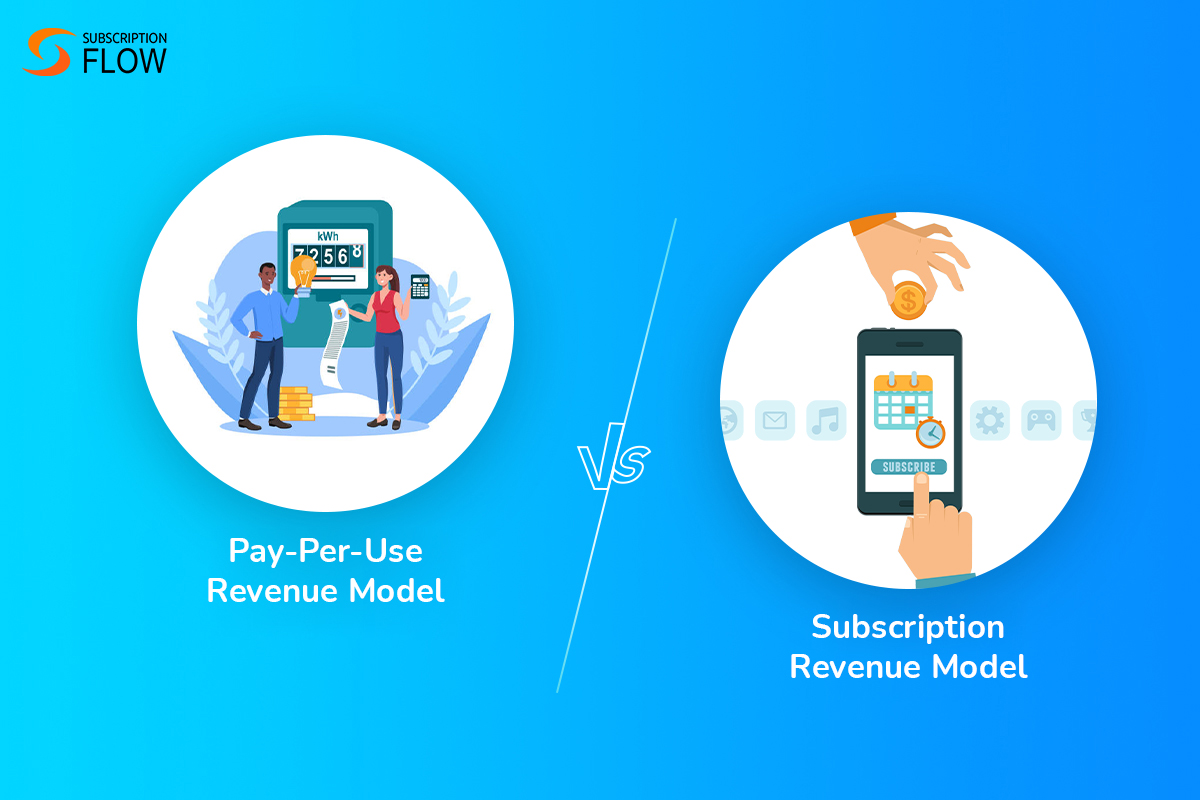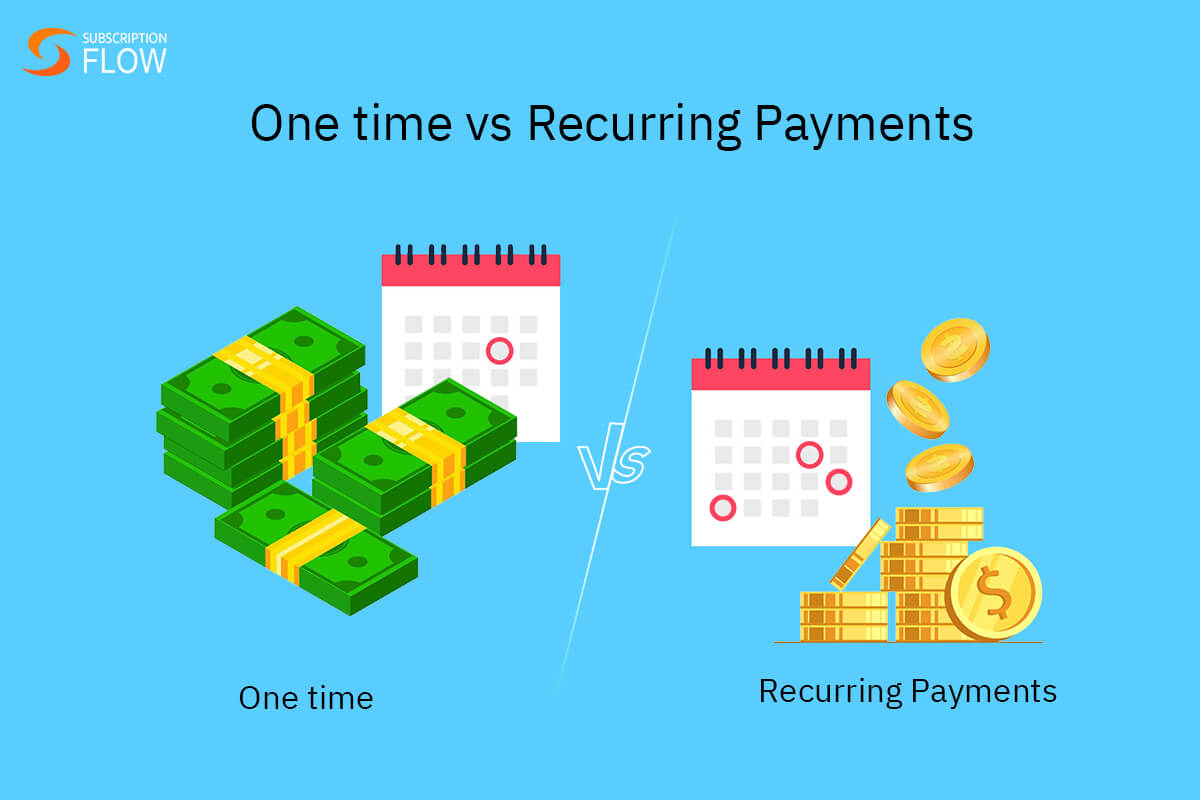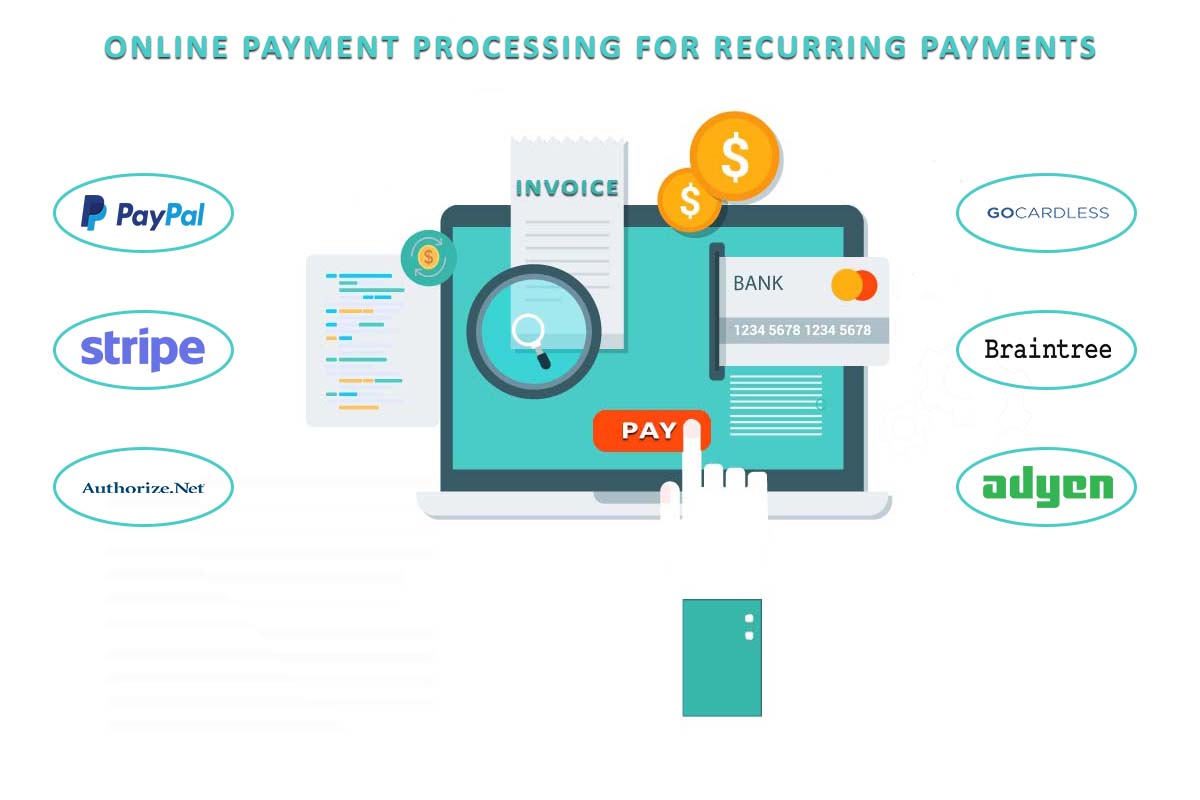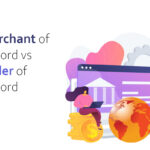
Accounting vs Billing: Understanding the Differences in Context of Subscription Businesses
Accounting and billing are two financial processes indispensable to your business. Both processes deal with your customer payments, and revenue numbers. But exactly how they are conducted, and what aspects of your business they handle makes all the difference between them.
Both accounting and billing rely on distinct tools, and seek to achieve different objectives. However, despite their differences, both these processes work hand in hand to streamline the financial operations of businesses.
In this blog, let’s discover the similarities and differences between accounting and billing. Let’s also discover the best software solutions for each.
What is the Role of Billing?
In the SaaS landscape, billing refers to a complete financial process which begins from invoice generation, and ends at managing the accounts receivable.
Billing encompasses the whole payment processing lifecycle. It means that billing is a process which comprises several sub-processes or stages. These stages are:
- invoice generation
- invoice transfer
- customer accounts management
- payment tracking
- payment collection
- revenue recovery management
Billing is essential for maintaining accurate records of financial transactions. A powerful billing software makes sure that your business is keeping a proper account of its receivables. Another important aspect of billing is the management of customer accounts.
By managing customer accounts, it means to keep track of, and a comprehensive record of all the financial activities related to each customer. A good billing software helps in keeping accurate records of customers’ transactions.
Moreover, billing software also assists in all the financial processes leading to payment collection. It automates most of a business’s workflows, and saves them time and hefty manual errors. It auto-generates all the customer invoices and ensures that they are sent to the customers on time.
Then it tracks the payment statuses of all the invoices, and flags the outstanding ones. Businesses need to follow up with their subscribers in order to get them to pay. If they are using a robust subscription and billing platform, then they can benefit from its dunning management features for better payment recovery strategies.
After the transactions are complete, with the refunds sorted and credits applied, all the transaction data is safely stored within the software. This data can then be fed into an accounting system to generate financial reports, and analyze business performance.
What is the Role of Accounting?
Accounting is a process through which businesses maintain financial accuracy and compliance. It involves documenting financial transactions, calculating and filing taxes, conducting business analysis, and much more.
Subscription businesses deal with recurring revenue. It means that they need a system to constantly track their earnings, and ensure that they are compliant with revenue recognition rules. If the business accepts upfront payments for services, then it also must be capable of handling deferred revenue.
Expert accounting systems manage revenue recognition and deferred revenue with ease. They not only help businesses keep detailed records of customer payments, but also their own expenses. For that, they offer expense tracking and management, enabling businesses to keep an eye on their operational costs.
Additionally, accounting software lets businesses maintain balance sheets, cash flow statements, profit and loss statements etc. These help determine the business’s financial performance over a specific time period.
Advanced software also enables revenue and churn rate forecasting based on recorded trends. These forecasts are of immense help in optimizing subscription offerings, and pricing strategies.
Moreover, accounting software efficiently manages tax compliance. It monitors modifications in tax laws in real-time, and generates reports according to the regulations of the region the business operates in.
Accounting vs Billing: Key Similarities
Although accounting and billing are very different processes, there are still some similarities between them in terms of the roles they play:
1. Role in Financial Operations
Billing is the process that is responsible for cash inflow. It initiates invoice generation, and payment processing. Adept billing software keeps a record of all customer transactions, and shares them with the accounting system. Hence, accurate billing is important for accurate accounting.
Accounting plays its part in recording all of a business’s financial data for bookkeeping. A major chunk of this data comes from the business’s billing system. Accounting software further segments and analyzes the billing data for revenue recognition, and other compliance processes.
2. Role in Data Accuracy
Billing is crucial for data integrity. Mistakes in billing such as incorrect calculation of discounts, imprecise charge proration, etc. all lead to flawed accounting too. Such mistakes can cause a generally inaccurate assessment of business performance, and earned revenue.
Billing flaws also cause revenue leakage to occur. Leaked revenue is often overlooked and goes undocumented.
3. Role in Cash Flow Management
Billing brings in cash in the form of customer payments. Subscription businesses enjoy recurring billing i.e. repeated payment cycles building a consistent revenue stream overtime.
Accounting is important to keep a check and balance of this cash flow. It tracks revenue, and monitors how it is utilized.
4. Role in Financial Reports
Both billing and accounting contribute to the generation of financial reports. Billing data is shared with the accounting system, which automates financial report generation. These reports can be for a variety of purposes: tax filing, profit and loss assessment, etc.
5. Role in Compliance
The credibility of a business’s finances relies upon accurate billing. Error-free billing contributes to error-free revenue records. Accounting software utilizes these revenue records to ensure compliance.
It recognizes revenue in accordance with ASC 606 and IFRS 15. It also helps maintain comprehensive audit trails for customers’ transactions. Thus precise billing is essential for seamless compliance.
6. Role in Invoice Reconciliation
The billing system generates invoices for payments. It also processes payments, and tracks the invoice statuses to check whether they are paid or unpaid. If invoices are unpaid, businesses can employ dunning strategies to recover payment.
Invoice data is also integrated with the accounting system. The accounting system matches invoices with collected payments to identify any discrepancies, billing errors, duplicate invoices etc. This is done to verify the accuracy of financial workflows.
Accounting vs Billing: Key Differences
Let us now discuss the ways in which accounting and billing differ from each other:
Purpose
Billing: The main purpose is generating revenue. Revenue is generated by charging customers for subscription products or services. Customers might be charged according to different billing models, such as usage-based billing and tiered pricing.
Accounting: The main purpose is revenue documentation and compliance. Accounting seeks to track and organize the incoming revenue in the general ledger. Revenue is organized as ‘earned’ (credited) or ‘deferred’ (debited).
Earned revenue is the one that has been recognized according to the revenue recognition principles. Deferred revenue is the one that still needs to be earned. It is collected upfront, and gradually converted into earned revenue as the service provision takes place.
Output
Billing: Collecting revenue is the goal of billing. To reach this goal, it is necessary to go through the initial billing steps first. Those steps include setting up billing cycles for customers, and generating their invoices.
Invoices are a billing output that are either sent to customers as payment reminders, or payment proofs. In the former case, invoice is sent to the customer so that they can pay their dues accordingly. In the latter case, invoice is sent after automatic payment deduction, and is treated more like a receipt.
Accounting: An accounting system relies on the revenue data generated by the billing software. It organizes this data within the business’s ledger. The ledger’s data is then utilized to generate outputs in the form of financial reports. These can be the balance sheets, profit and loss statements, and so on.
Scope
Billing: Billing focuses on invoice generation and payment collection. It takes care of the immediate transactions. Advanced billing software provides dunning management for revenue recovery as well. It tracks unpaid invoices, and sends customers frequent payment reminders.
It also tries to fetch payments from customers’ accounts automatically, maximizing revenue recovery chances.
Accounting: Accounting is not limited to recording the data of customer transactions. It also provides tools to analyze this data for evaluation of businesses performance, and strategy formulation. It utilizes past data records to forecast revenue trends.
Moreover, it helps businesses manage their expenses, taxes, accounts receivable, payroll, and more. These are aspects not covered by billing alone.
Customer Interaction
Billing: Billing software interacts with customers directly. It is responsible for conducting customers’ payment cycles. These involve invoice generation and transfer, application of discounts and coupons, charges proration, credit application, and dunning management.
Customer communication is essential for these processes, so that they run smoothly. An example in this regard is the personalized payment reminders sent to customers so that they pay on time.
Accounting: This is more of a back-end process. Accounting doesn’t have any direct link to customers. However, its processes running in the background of a subscription business are essential for maintaining the business’s credibility.
Credibility is maintained by being tax compliant, and adhering to other financial regulations in the areas of business operation. The more a business’s credibility, the more the customers are likely to invest in it with confidence.
Customization
Billing: Billing is a highly customizable process. Businesses can customize subscription billing schedules, invoices, and invoicing workflows. They can also modify and adjust pricing as they see fit.
Accounting: It is not as customizable as billing. Reports generated by accounting platforms can be customized to an extent, but they still have to follow standard formats and adhere to regional regulations.
How to Choose Best Software for Billing
Subscription businesses require billing software that automates their payment processes for more speed, and accuracy. In order to determine the best billing software for you, consider the following:
- the size of your business
- the specific invoicing requirements of your billing
- how much flexibility and customization does the billing software offer?
- how well the software integrates with your accounting system?
- is the software scalable?
- does the software support reporting and analytics?
SubscriptionFlow is a top-notch billing software purpose-built for subscription businesses. You might want to give SubscriptionFlow a try because it not only caters to businesses of all-sizes, but also addresses all their billing needs. These are some of its advanced billing features:
- Custom and automated billing schedules
- Hybrid billing models
- Proration for subscription modifications
- Custom invoicing
- Dunning management
- Reporting with subscription-based metrics
How to Choose Best Software for Accounting
If you are a subscription business looking for efficient accounting solutions, consider the following:
- the size of your business
- the specific accounting requirements of your business
- does the software offer revenue recognition?
- does it integrate smoothly with your billing system?
- does it help with tax and invoicing compliance based on your region of operation?
- does it offer predictive analysis?
- does it support inventory management for physical products?
Each business has unique requirements, and their choice of software can differ greatly based on those. Some renowned accounting solutions available today are Sage Intacct, QuickBooks, and Xero.
Looking for a 2-in-1 Billing and Accounting Solution?
SubscriptionFlow is a great fit for businesses that seek unified billing and accounting. We are not only billing experts, but also integrate with accounting platforms seamlessly. With SubscriptionFlow, you get to sync your billing data with software such as Sage Intacct and Xero for superior accounting.
You can create and customize invoices, and accept payments in SubscriptionFlow. We automate invoice tracking, revenue recovery, customer account management, refund and chargeback handling and more. All billing data is channelled into your accounting platform for revenue recognition, tax compliance, and flawless financial reporting.
Book a demo with SubscriptionFlow today to keep both your billing and accounting processes strong and synchronized.










